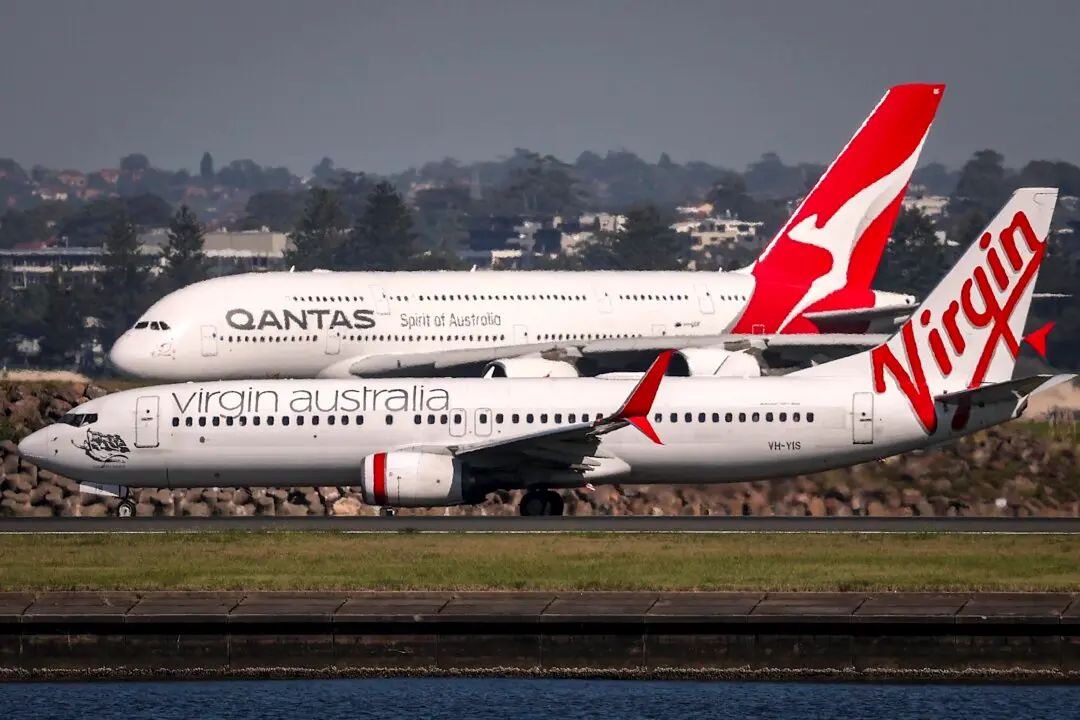Australian businesses are experiencing fewer disruptions caused by COVID-19 after the pandemic subsided in February 2022.
That figure is down from the 22 percent recorded in January when the COVID-19 Omicron wave reached its peak.
John Shepherd, the head of industry statistics at the ABS, said businesses across the sector shared the adverse effects of the virus.
“Conversely, more small businesses reported they could not cover the hours lost using existing employees than large businesses.”
The sector also underwent a shortage of labour force as 17 percent of employing businesses reported not having adequate staff, with medium businesses affected the most at 34 percent.
Meanwhile, there was an improvement in the country’s supply chains after over a third of Australian businesses experienced disruptions in logistics networks in February, down from 47 percent in January.
Among the impacted businesses, 88 percent said it took them longer time to receive products from suppliers, while 75 percent reported increases in prices, including transportation costs.

The figures come following the reopening of Western Australia’s (WA) border, after almost two years of self-imposed domestic travel ban.
The state now permits its vaccinated residents to travel freely to all other jurisdictions.
Prime Minister Scott Morrison said the WA’s health system was prepared for the reopening, despite concerns that it could not cope with a high volume of infections after the state reopened the border.
“I know (WA Premier Mark McGowan) will be taking the lessons from the east coast.”
Opposition Leader Anthony Albanese said that the state would witness a sharp rise in arrivals after months of disconnection from the rest of the country.
“You'll see tourists flock to Western Australia because it’s a great product. Because Western Australia is a beacon, it will draw people in here,” he said.
“I wouldn’t be worried about WA’s tourism industry. It will pick up ... Australians look over here, and they see a state that has done very well.”





